ShiftCam LensUltra iPhone lenses are premium smartphone optics, designed to improve the look and feel of your iPhone or Android photography, and to offer features your phone’s internal camera doesn’t.
ShiftCam is up against stiff competition in this market. Its lenses are priced in line with the best iPhone lenses from Moment and Sandmarc — lenses that I’ve been hands on with and know well.
As such, when ShiftCam offered to send us a selection of its lenses, I was eager to see how they stacked up. So, are these optics worth your money? Find out in my full ShiftCam LensUltra review.
ShiftCam LensUltra review: Specs
Swipe to scroll horizontally
| Price | $129 / £129 | $129 / £129 | $169 / £169 |
| Size | 1.37 inches | 1.37 inches | 0.8 inches |
| Weight | 3.85 ounces | 3.80 ounces | 1.31 ounces |
| Viewing angle | 48 deg | 0.33x Smartphone main camera angle | 120 deg |
| Magnification | 2x | 10x | 1.55x |
| Minimum focusing distance | 300mm / 11.8 inches | 70mm / 2.7 inches | 700mm / 27.5 inches |
| Material | Aluminum / Fluorite | Aluminum / Fluorite | Aluminum / Fluorite |
ShiftCam LensUltra review: Price & availability
I tested the ShiftCam 60mm tele, 75mm tele macro and 1.55x anamorphic lenses. ShiftCam lenses are priced more or less in line with the competition from Moment and Sandmarc iPhone lenses. They’re pretty pricey, so it’s worth only selecting the best performing lens(es) from the range, and only the ones that suit your purposes.
That said, ShiftCam, Sandmarc and the pricier Moment lenses are still but a fraction of the cost of one of the best mirrorless cameras and a lens, and can produce some decent results.
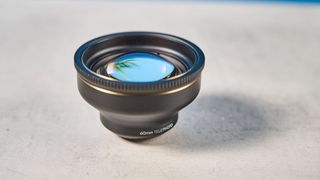
The ShiftCam 60mm telephoto lens is available for $129 / £129 at Amazon or at ShiftCam. The closest competitor from Sandmarc, the 58mm telephoto, costs $129, while the Moment T-Series 58mm telephoto demands a slight premium at $150. As I’ll cover below, the 60mm tele is ShiftCam’s best performing photography lens. It has more character than the Moment 58mm and Sandmarc 58mm, although the Sandmarc 58mm is sharper.
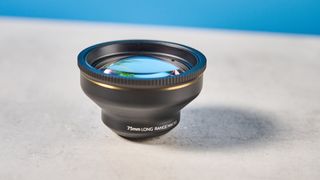
The ShiftCam 75mm macro lens costs $129 / £129 at Amazon and ShiftCam. In comparison, the Moment T-Series 75mm macro costs $140, while the Sandmarc 100mm macro costs $129.
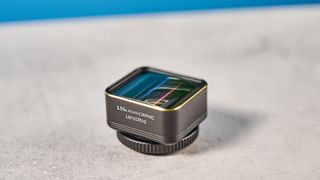
The ShiftCam 1.55x Anamorphic costs $169 / £169 at Amazon and ShiftCam. Moment’s T-Series Anamorphic lenses cost $150, but I’d say both lenses are equally good value — it’ll just depend on what style you’re after (more on this later). Sandmarc’s anamorphic lenses cost $139 or $169 for the 1.33x or 1.55x lenses, but I haven’t tested these yet.
All these lenses work with various phones, including iPhones and Samsung Galaxy devices, — the same is true for Moment but not Sandmarc, which are only designed for use with iPhones. That said, ShiftCam only offers cases for iPhones.
ShiftCam LensUltra review: Design & build
ShiftCam’s lenses are built and packaged beautifully. They’re each made from sturdy metal, with a matte finish that’s pleasant to the touch. Each lens comes with a sturdy zip-up protective case that features a carabiner hook for easy stowage. I much prefer these cases to the pouches supplied by Moment and Sandmarc.

The lenses are all pretty lightweight, although obviously the larger ones are more of a pain to carry around, and they all make pocketing your phone a difficult task when fitted.

As with Sandmarc and Moment lenses, clip-on mounts are available, but by far the best way to secure the lenses to your phone is via a dedicated case, which ensures the best alignment of the lenses to your smartphone’s built-in lens. ShiftCam’s cases cost around $50 for the iPhone 16 Pro Max model, but it’s a worthwhile investment. I used the leather iPhone case and it’s a super sturdy and protective case that has held up well over months of testing. ShiftCam doesn’t offer cases for non-iPhones, though, so Android users will need to use a universal clip-on system.
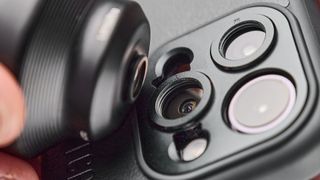
If you are using a case, ShiftCam’s mounting system is great, using a screw thread like Sandmarc lenses. In contrast, Moment lenses use a bladed wingtip system which sits directly on top of your smartphone’s lenses and feels very uncomfortable and liable to damage the phone.

ShiftCam also offers a ProGrip, which is essentially a Bluetooth camera controller for your smartphone, with a hand grip. This doesn’t function with the leather case we tested, meaning we could use the grip with the lenses. It’s also a separate product, so won’t be covered in this review.
ShiftCam LensUltra review: 60mm telephoto
The ShiftCam 60mm is a really fun lens. While its far from sharp, especially in the corners, the ShiftCam lens has more character than both my iPhone 14 Pro's lens and SandMarc’s 58mm.

As you can see in the leaf images below, the ShiftCam lens has a much sharper focus drop off than the iPhone 14 Pro’s 3x telephoto lens, with blur on the leaves and tree in the background setting in much sooner. The blur itself is nice and tight, drawing focus to the foreground. By contrast, the iPhone 3x lens has produced a much sharper result. I was particularly impressed with the lack of chromatic aberration on the ShiftCam shot — it’s difficult to make out any color fringing around the outlines of the green leaves. You can also see the attractive round ‘bokeh balls’ of light coming through the leaves of the tree in the background.

👆 iPhone 14 Pro — 3x lens 👆
With bright light sources hitting the lens directly, you’ll also notice lens flares, as you can see in the image below. If you're after sharp, clean images, this obviously isn't great. Personally, I love how these flares look, and the imperfect charm they add.

The ShiftCam 60mm is a great lens for portraiture. Below are test shots taken with the ShiftCam 60mm versus the iPhone 14 Pro’s 3x telephoto, with a similar field of view. The ShiftCam lens again demonstrates a much steeper focus drop off, resulting in a dreamy, hazy effect, and a tighter background blur to draw attention to the subject. The iPhone lens feels a little flat in comparison.

👆 iPhone 14 Pro — 3x lens 👆
Below are two portraits of Tom’s Guide reviews writer Nikita Achanta. The first is taken with the ShiftCam 60mm, while the second uses the iPhone 14 Pro’s 1x lens, and once again the ShiftCam comes out on top, with a much nicer background blur.

👆 iPhone 14 Pro — 3x lens 👆
The ShiftCam 60mm is relatively sharp in the center, but as I’ve already mentioned, produces a very sharp focus drop off and background blur. This gives the lens a lot of character, which really suits portraiture, street photography, or any genre of photography where you want to draw attention to a subject.

The iPhone 3x tele lens produces much sharper results, while the Sandmarc 58mm tele lens produces sharper results still, so that would be my choice if you want edge to edge sharpness, perhaps for architectural, wildlife or landscape photography. We were disappointed with the Moment 58mm lens in testing, which yielded almost identical results to a smartphone lens.
ShiftCam LensUltra review: 75mm macro
The ShiftCam 75mm Macro is OK, but I wouldn’t recommend buying it. It has a decent (for a smartphone lens) 10x magnification and the closest minimum focusing distance of all the lenses tested here. Calling it a "Long Range Macro" is a bit of a stretch, though, as to get any macro-style shots you'll still need to move in close enough to block the light.

As you can see in the images below, there was very little difference between the first shot taken on the ShiftCam 75mm macro versus the iPhone 14 Pro’s macro mode. The ShiftCam shot is tighter on the subject on account of using a telephoto focal length and does look marginally better, but in terms of level of detail rendered there isn’t much between the two — the difference isn't great enough to warrant the cost.

👆 iPhone 14 Pro — Macro Mode 👆
In theory, the longer 75mm focal length gives you more flexibility than shorter macro lenses like the Moment 10x Macro and Sandmarc 25mm macro lenses. Being able to position your phone further away means you’re less likely to block light hitting your subject.

To actually get macro-style shots, though, I still had to stand so close as to block out the light anyway. If you’d like a macro lens, I would suggest the Moment 10x macro lens, as this yielded supremely pretty results in our testing.
ShiftCam LensUltra review: 1.55x anamorphic
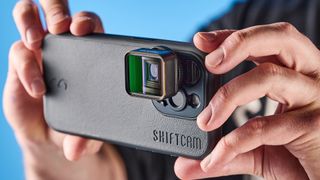
This is where stuff starts to get really interesting. While external iPhone lenses definitely have their uses (as with the 60mm lens above), the gulf between them and the built-in smartphone lenses is relatively narrow. When it comes to video, though, external anamorphic lenses are well worth the spend. ShiftCam’s 1.55x anamorphic lens is no exception.
ShiftCam LensUltra 1.55x Anamorphic lens - sample video - YouTube

I absolutely loved the character of this lens in testing. It produces a proper 1.55x letterbox widescreen when de-squeezed (I shot using the Moment iPhone app, which de-squeezes footage in camera and is well worth the $10 cost) that looks truly cinematic. The lens flares are just beautiful, with horizontal bands of light as you’ll get from the Moment Anamorphic lens, but also some gorgeous circular flares in the bottom corners. It’s so characterful.
I prefer the sharper focus drop off of Moment’s anamorphic lenses, but the counter to this is that the ShiftCam anamorphic is slightly sharper (but still fuzzy enough to feel cinematic). Neither is better or worse, so I’d choose the lens with the characteristics you most want.
ShiftCam LensUltra review: App
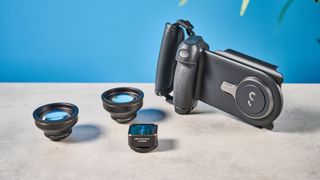
ShiftCam offers no smartphone application to accompany its lenses, which is disappointing. It’s the same story with Sandmarc, so ShiftCam isn’t alone here. However, Moment does offer an app (iOS only) and it’s fantastic, offering huge amounts of manual control plus in-camera de-squeezed footage when shooting with anamorphics.
Moment’s app is so good that I actually used it to shoot test images for this review. ShiftCam and Sandmarc need to get their acts together in this regard. Without an app, you’ll need to de-squeeze anamorphic footage in one of the best video editing software applications, such as Filmic, Adobe Premiere Pro or Final Cut Pro.
ShiftCam LensUltra review: Verdict

You should definitely consider ShiftCam LensUltra smartphone lenses if you need characterful lenses. The 60mm telephoto is a really fun lens to use and excels at portraiture and atmospheric shots thanks to its steep focus drop off and beautiful, tight blur. If you want a tele lens that’s sharper than your iPhone lens, though, I’d recommend the Sandmarc 58mm instead. The ShiftCam 75mm macro lens isn’t worth the spend. It provides very little benefit over using an iPhone’s macro mode, and doesn’t yield as nice photos as the Moment 10x macro, which produced beautiful results in testing. Or the Sandmarc 100mm macro, as the longer focal length can help you keep more distance between yourself and your subject.
As far as anamorphic lenses go, the ShiftCam 1.55x anamorphic is beautiful, delivering stunning lens flares and a medium intensity focus drop off. The Moment T-Series 1.55x anamorphic produces fewer flares but a much steeper focus drop off, so which you buy will depend on preference: they’re both great!
Overall, I’ve been thoroughly impressed by ShiftCam’s lenses: if it’s character you’re after, these lenses deliver that in spades.

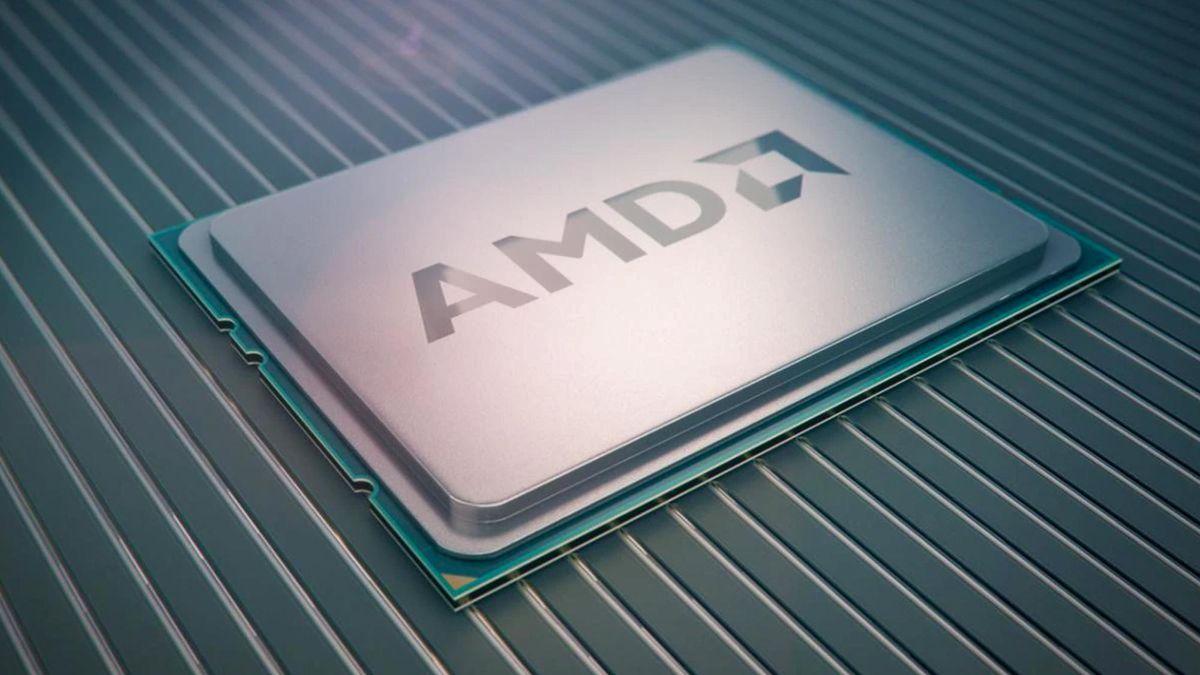




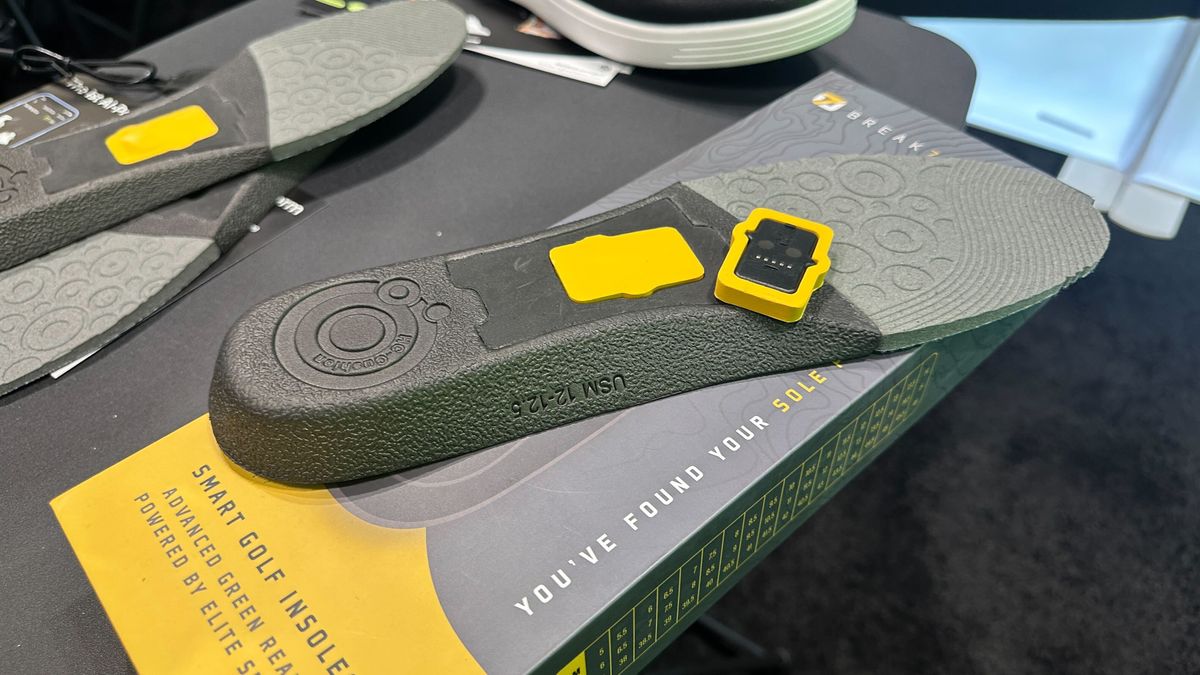



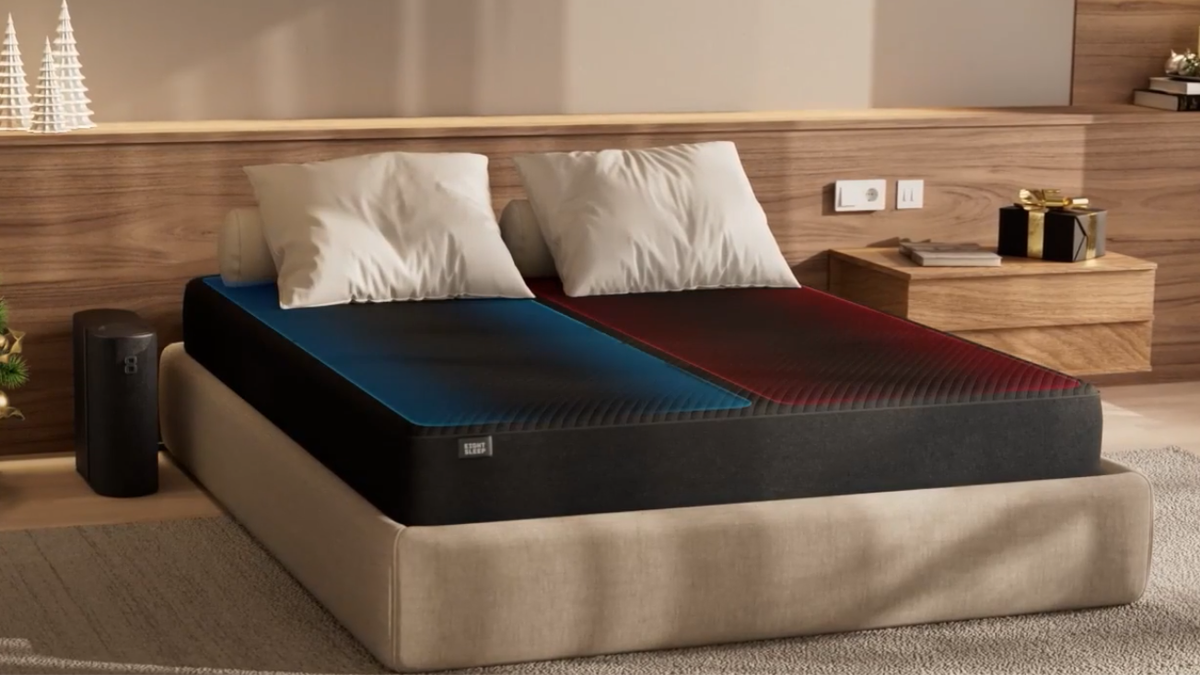









 English (US) ·
English (US) ·